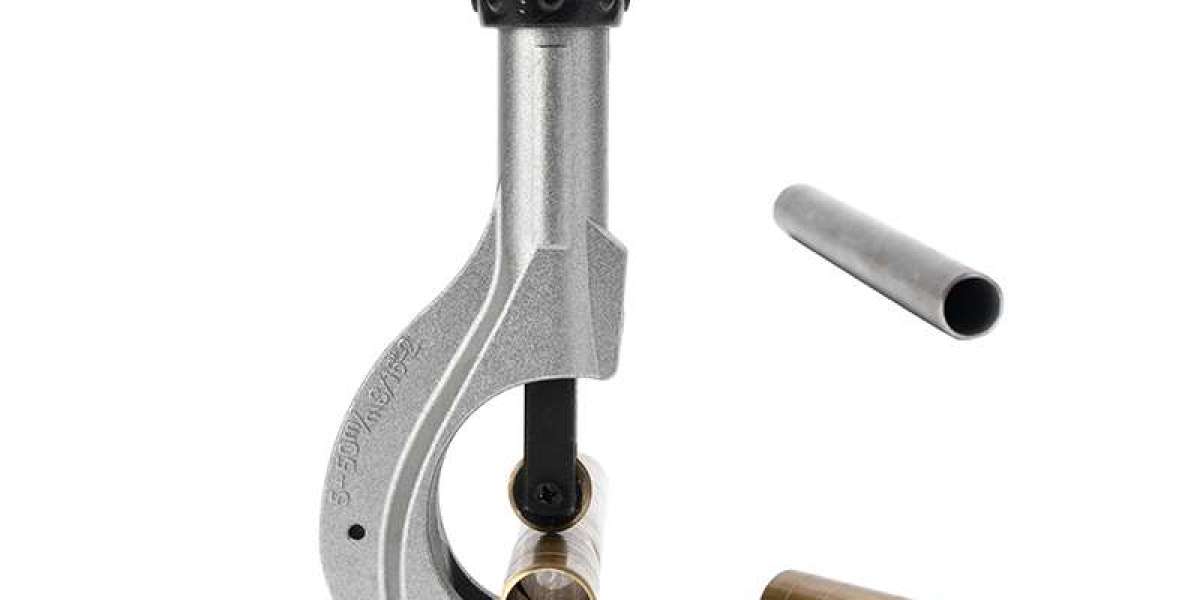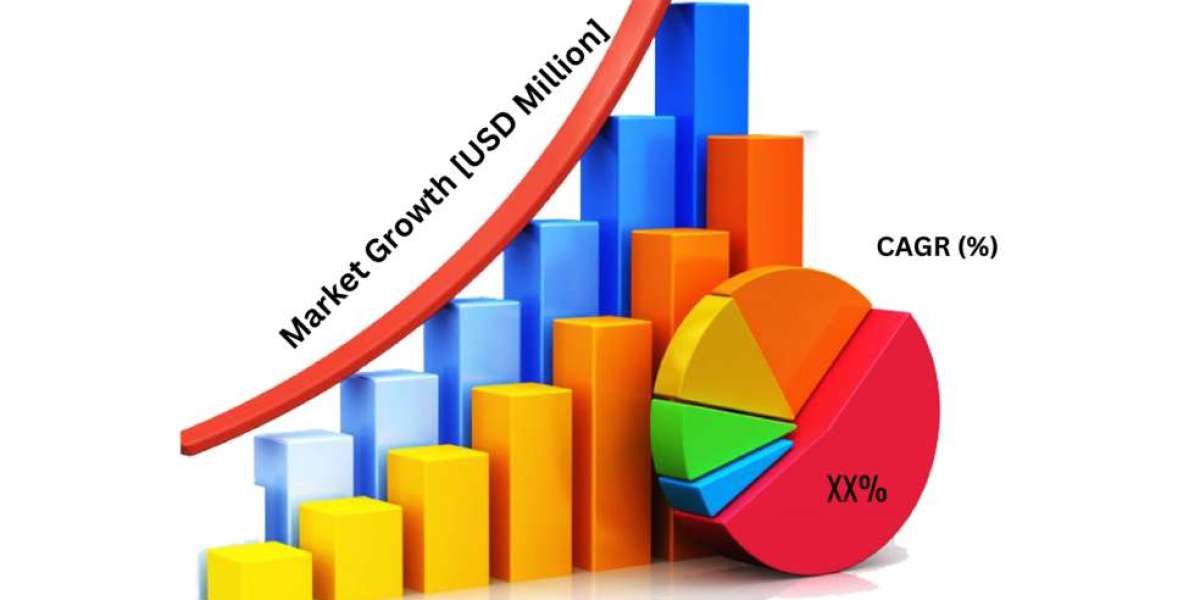In the realm of environmental monitoring, thermo hygrometers play a pivotal role in measuring temperature and humidity levels. With the advent of new technologies, these devices have seen significant improvements in accuracy and functionality. This article delves into the latest technological advancements in thermo hygrometers, providing a comprehensive understanding of how these innovations are enhancing precision and reliability.

Integration of Digital Sensors
One of the most notable advancements in thermo hygrometers is the integration of digital sensors. Unlike their analog counterparts, digital sensors offer superior accuracy and faster response times. These sensors utilize microelectromechanical systems (MEMS) technology, which allows for precise measurements even in fluctuating environmental conditions. For instance, a digital thermo hygrometer can quickly adjust to sudden changes in temperature and humidity, providing real-time data that is crucial for various applications, from meteorology to HVAC systems.
Wireless Connectivity and IoT
The incorporation of wireless connectivity and the Internet of Things (IoT) has revolutionized the functionality of thermo hygrometers. Modern devices now come equipped with Bluetooth, Wi-Fi, or Zigbee capabilities, enabling remote monitoring and data logging. This advancement is particularly beneficial for industries that require continuous environmental monitoring, such as agriculture and pharmaceuticals. By leveraging IoT, users can receive instant alerts and access historical data through mobile apps or cloud-based platforms, ensuring optimal environmental conditions are maintained at all times.
Enhanced Calibration Techniques
Calibration is essential for maintaining the accuracy of thermo hygrometers. Recent advancements have introduced automated calibration techniques that significantly reduce human error. These techniques involve the use of reference standards and automated calibration chambers that simulate various environmental conditions. For example, a thermo hygrometer can be placed in a chamber that replicates different temperature and humidity levels, allowing the device to self-calibrate and adjust its readings accordingly. This ensures that the measurements remain accurate over extended periods, reducing the need for frequent manual recalibration.
Energy Efficiency and Sustainability
As the world moves towards more sustainable practices, energy efficiency has become a key focus in the development of thermo hygrometers. Modern devices are designed to consume less power while maintaining high performance. This is achieved through the use of low-power sensors and energy-efficient communication protocols. Additionally, some thermo hygrometers are now equipped with solar panels or rechargeable batteries, further reducing their environmental impact. These advancements not only enhance the device's longevity but also contribute to a more sustainable future.
Conclusion
Exploring the latest technology advances in thermo hygrometers reveals a landscape of innovation and precision. From digital sensors and wireless connectivity to enhanced calibration techniques and energy efficiency, these advancements are transforming how we monitor and control environmental conditions. As technology continues to evolve, we can expect even greater improvements in the accuracy and functionality of thermo hygrometers, making them indispensable tools in various fields. By staying informed about these developments, users can leverage the full potential of thermo hygrometers to achieve optimal results in their respective applications.







